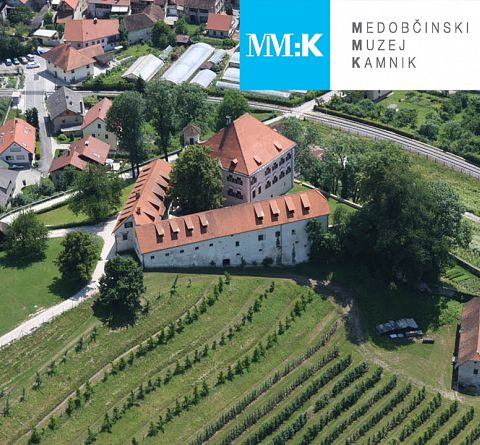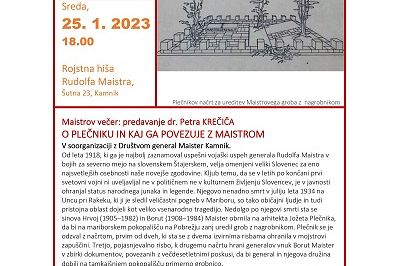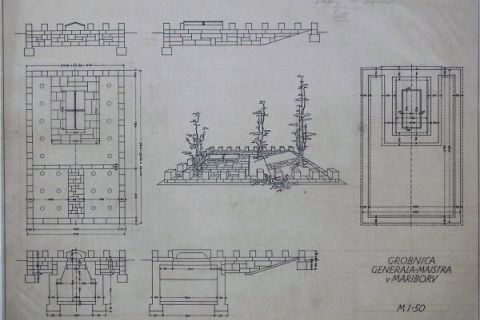Dr. Peter Krečič: About Plečnik and what connects him to the Maister
Since 1918, which was most marked by the successful military success of General Rudolf Maister in the battles for the northern border in Slovenian Styria, the mentioned great Slovenian is considered one of the brightest personalities of our recent history. Despite the fact that in the years after the end of the First World War he did not establish himself in the political or cultural life of Slovenians, he maintained the status of a national hero and legend in the public eye. His sudden death in July 1934 at Unec near Rakek, which was followed by a magnificent funeral in Maribor, was perceived by both ordinary people and the competent authorities as a great national tragedy. Not long after his death, the sons Hrvoj (1905–1982) and Borut (1908–1984) Maister approached the architect Jože Plečnik to arrange a grave with a tombstone for him at the Maribor cemetery in Pobrežje. Plečnik responded with a plan, the first of two that were preserved in the master’s legacy with two original drawings. The third, explanatory drawing, is kept with the second plan by the general’s grandson Borut Maister in a collection of documents related to several years of attempts to get the general and his family a suitable tomb in the local cemetery.
Dr. Peter Krečič is a Slovenian art historian and art critic. He graduated from the Faculty of Arts in Ljubljana in art history and history, and also received his doctorate from the same faculty. He then got a job as curator of the art collection of the Goriška Museum, and later as curator of industrial design at the Architectural Museum, which he led as director from 1978 until his retirement in 2010. In addition, he was a visiting professor at various faculties. He studied Slovenian art, especially the architecture of the 19th and 20th centuries, and art criticism in the period between the wars. After that and still today, he devotes his research attention mainly to the life and work of the architect Jože Plečnik, as evidenced by his often written and spoken words.








